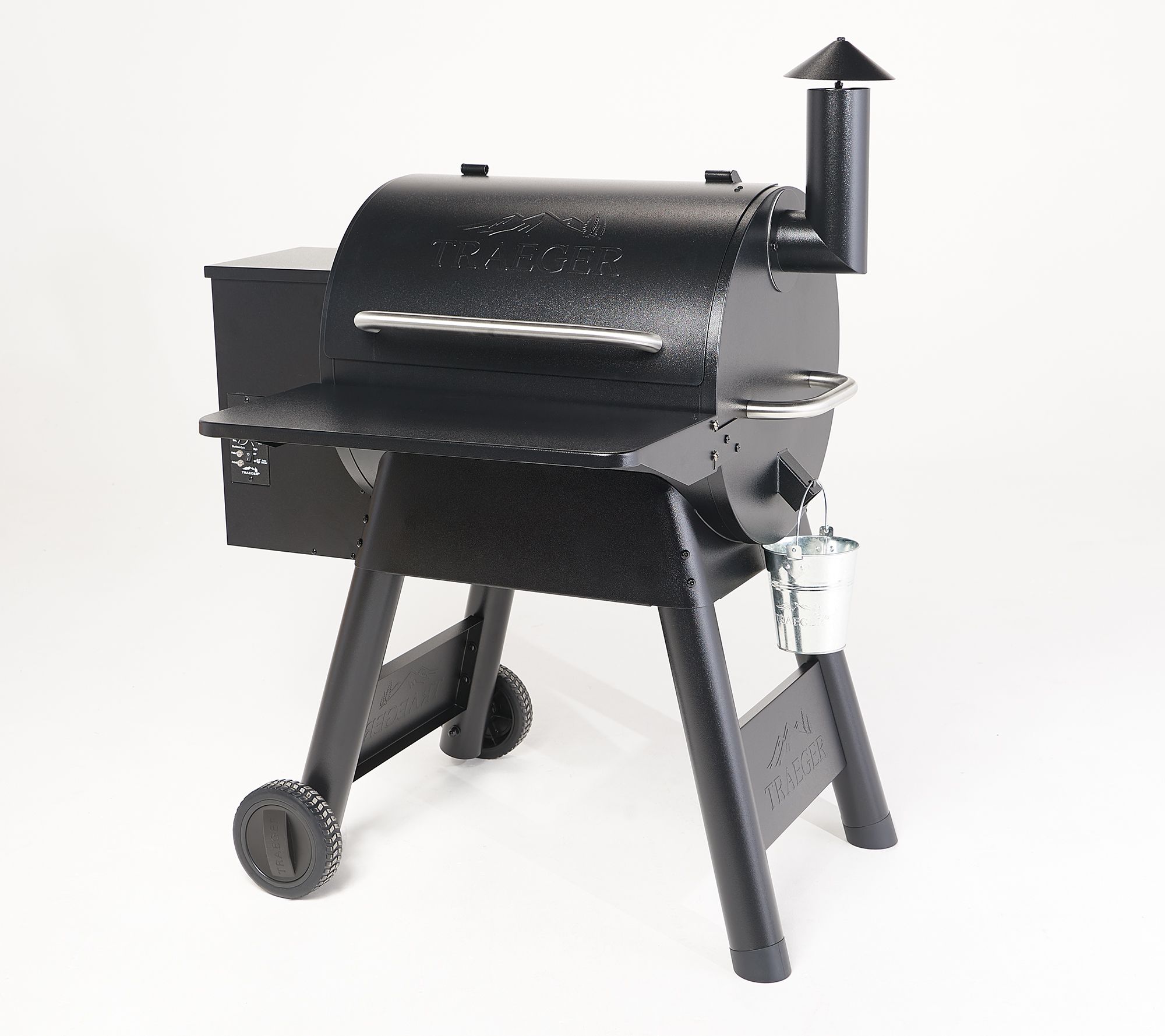TINANA Chafing Dish Buffet Set 4 Pack, TINANA 8QT Stainless Steel Chafing Dishes for Buffet, Chafers and Buffet Warmers Sets for Parties, Events, Wedding, Camping, Dinner
Discover TINANA premium Chafing Dish Buffet Set, the ultimate solution for elegant dining experiences. With a 8QT capacity, it’s ideal for any gathering, big or small, serving a variety of dishes. The innovative design ensures cleanliness and convenience with a lid holder, while temperature control keeps your culinary creations warm or cool. Crafted from durable stainless steel, this set guarantees longevity and easy maintenance, and its user-friendly features make cleanup a breeze. Elevate your events with a touch of sophistication and efficiency ? explore our Chafing Dish Buffet Set today for an exceptional dining affair.
Discover TINANA premium Chafing Dish Buffet Set, the ultimate solution for elegant dining experiences. With a 8QT capacity, it’s ideal for any gathering, big or small, serving a variety of dishes. The innovative design ensures cleanliness and convenience with a lid holder, while temperature control keeps your culinary creations warm or cool. Crafted from durable stainless steel, this set guarantees longevity and easy maintenance, and its user-friendly features make cleanup a breeze. Elevate your events with a touch of sophistication and efficiency ? explore our Chafing Dish Buffet Set today for an exceptional dining affair.
- Generous Capacity: With a 8-quart capacity, TINANA chafing dish buffet set can easily accommodate a substantial amount of food, making it perfect for various occasions, whether it’s a small gathering, a family dinner, or a larger event. It’s versatile enough to serve a variety of dishes, including main courses, side dishes, soups, stews, or desserts.
- Clean and Convenient: Equipped with a lid holder, these chafing dishes for buffets ensure cleanliness and easy accessibility. The lid holder prevents the dishes from touching surfaces like countertops or tables. This thoughtful feature allows you to effortlessly remove the lid, place it on the holder, and access the food without any hassle, enhancing the convenience of your dining experience.
- Temperature Control: Designed to effectively maintain the desired temperature of various dishes, the chafing dish buffet set gives you full control over your food’s warmth or coolness. Whether you need to warm up your dishes with hot water and fuel can ignition or cool them down with ice cubes, this set ensures that your food remains at the ideal temperature throughout the event, guaranteeing a delightful dining experience for all your guests.
- Durable Construction: Crafted from reinforced stainless steel, this chafing dish buffet set is built to last. Its durable material is resistant to damage during regular use and storage, ensuring that it maintains its quality over time. The enhanced insulation properties of the set also contribute to its ability to keep food warm for an extended duration, adding to its overall longevity.
- Easy Cleanup: The chafing dish buffet set features smooth edges, sturdy handles, and secure fittings that prioritize safety for both you and your guests. The thick, food-grade stainless steel surface is easy to wipe clean, making it especially beneficial for busy events or frequent usage scenarios where quick cleanup is essential for efficient turnaround times.
Additional information
| Material | Stainless Steel |
|---|






by Mike
Very durable %26 price is amazing.
by Donya
the items has good packing and really good quality.